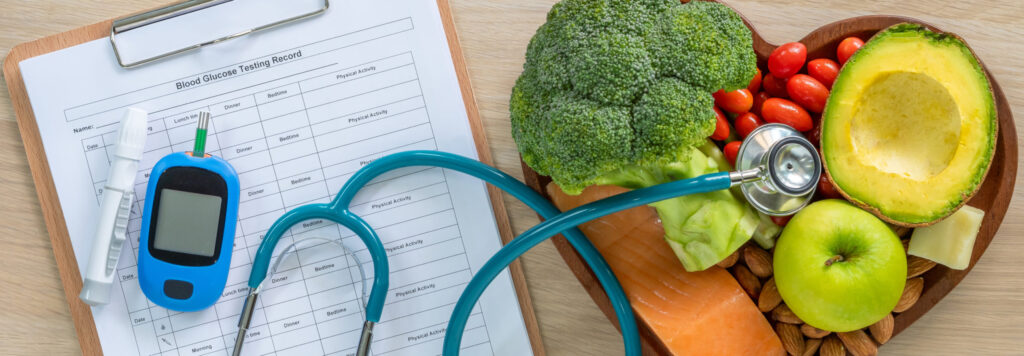
How to Recognize a Diabetic Emergency
Diabetes affects 11% of women and 10.5% of men in the state of Pennsylvania according to a Joint State Government Commission from the Commonwealth. With 12.9 million people residing in this great state these statistics mean that well over 1.3 million people are affected by either Type 1 or Type 2 diabetes. In turn, with Pennsylvania accounting for 7% of the nation’s total diabetic cases according to the Pennsylvania Health Care Council it is likely you know someone who has been affected and it is important to know the warning signs of an emergency so you can properly assist in getting them care.
There are two types of diabetic emergencies and it is important to recognize symptoms of each since they are on the opposite ends of the spectrum – too much insulin in the blood verse too little. When someone has too much insulin in their blood it can cause the first emergency referred to as Hypoglycemia. When you hear someone speak about “low blood sugar” this is what they are referencing. Some causes of Hypoglycemia can be taking too much insulin, skipping a meal, over-exertion and drinking alcohol. Some early warning signs of this diabetic emergency can include shaking, blurred vision, confusion and in the most severe cases seizures. If you are witnessing these symptoms please ask the person to immediately check their blood sugar. If it is low, in some cases, you can treat this by utilizing the 15/15 rule according to the panel of doctors on WebMD. The 15/15 rule is eating 15 grams of fast-acting carbs and wait 15 minutes to see if the person is feeling better. Checking the blood sugar at this time is also recommended. Fast-acting carbs can include 4oz of fruit juice or a tablespoon of honey. Never hesitate to call 911 because Hypoglycemia can cause a diabetic coma. It is wise to have the affected individual wear a call alert button or have one handy in the case of being alone and experiencing Hypoglycemic symptoms.
The second emergency is referred to as Diabetic Ketoacidosis (DKA) and is caused by not having enough insulin in the body forcing the liver to break down fat causing elevated ketone levels. Too many of these acids is dangerous to a person and can go undetected as DKA typically develops over time according to the CDC. The first signs of DKA include extreme thirst and frequent urination. Left untreated, stomach pain, muscle aches, tiredness, flushed face and nausea can develop. Often, these symptoms are the cause for many people to head to their doctor to discover that they have diabetes. Treatment for DKA involves receiving insulin which can reverse the condition that causes DKA.
Ultimately, if you are experiencing any of the symptoms mentioned above or are witnessing someone else experiencing them your best bet is to always contact a medical professional and/or call 911.
